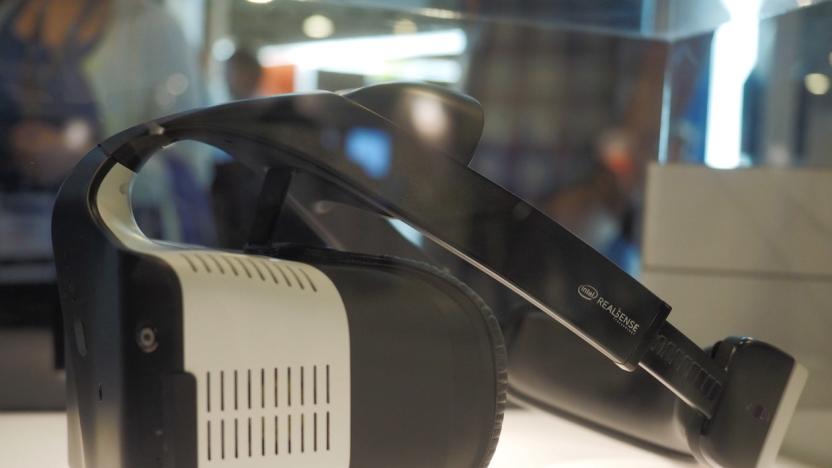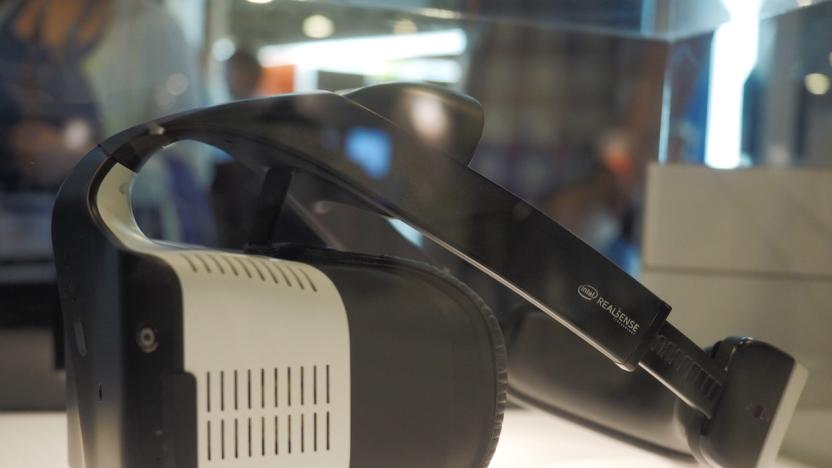projectalloy
Latest

Intel's Project Alloy VR headset is dead
Intel won't be releasing its Project Alloy VR headset platform anytime this year -- in fact, it won't be releasing the technology at all. The tech giant has officially killed the initiative, which aimed to provide partner companies an open reference design for their own standalone VR devices. Intel was supposed to launch the platform this year, but according to RoadtoVR, it has decided to abandon the project this summer due to lack of partner interest.

Intel's VR headsets could be ready as early as next year
Today at CES, Intel CEO Brian Krzanich announced the company is planning to take its all-in-one Project Alloy VR headset into productization by year's end. To do so, it's working with some of its "top OEM partners."

Windows Holographic coming to all Windows 10 PCs next year
We already knew that all Windows 10 PCs will be compatible with Windows Holographic, a "mixed reality" experience that'll let you immerse yourself in faraway lands. Now, we know when that will be. Terry Myerson, Executive VP of Microsoft's Windows and Devices group, just came on stage at the Intel Developer's Forum to announce there will be an update to Windows 10 to add the holographic shell update as soon as next year.

Intel shows off Project Alloy, an all-in-one VR headset
Moving one step beyond Samsung's Gear VR, Intel just announced Project Alloy, an all-in-one VR headset that doesn't need to be connected to a phone or computer. Yes, that means it's completely wireless, with its own processor and battery. Alloy can also track rooms on its own, and it tracks your fingers for interacting with virtual objects. There's also a camera that lets you see other objects in the room, as well as nearby people. It's part of Intel's push around "merged reality," which combines VR and augmented reality into a single cohesive experience.



